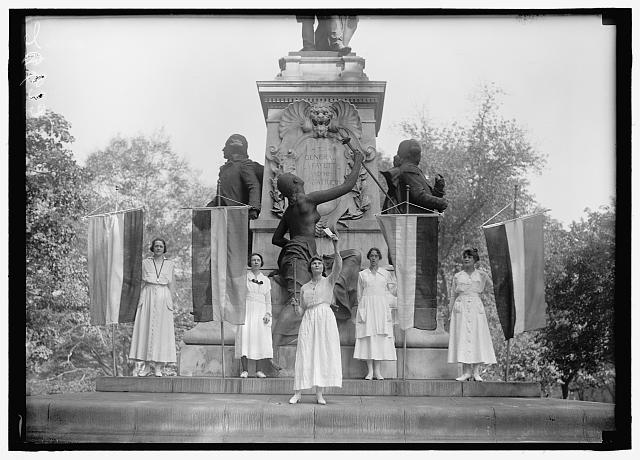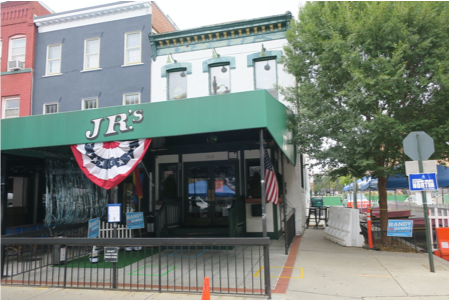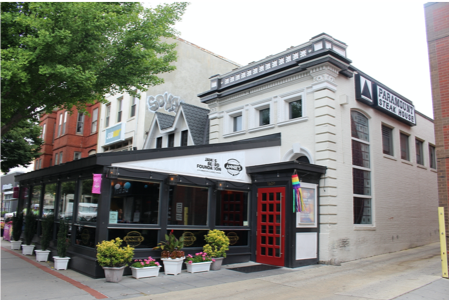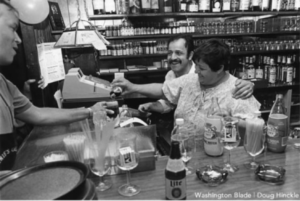Testimony to the Committee on the Whole
B23-0736 – Comprehensive Plan Amendment Act of 2020
Friday, November 13, 2020
Good afternoon, Chairman Mendelson and members of the Committee of the Whole. My name is Rebecca Miller, Executive Director of the DC Preservation League (DCPL), Washington’s citywide nonprofit that for the past 49 years has been dedicated to advocating for the preservation and protection of the historic and built environment of our nation’s capital. I am pleased to be here today and thank you for the opportunity to provide testimony on the Comprehensive Plan Amendment Act of 2020.
To start, DCPL would like to align itself with the comments put forward by the Committee of 100 on the Federal City which has studied these amendments extensively and will be submitting more extensive comments for the record. We also agree with the statements yesterday by the Citizen’s Association of Georgetown and the Cleveland Park Historical Society.
DC’s historic preservation law is one of the strongest and most successful ordinances of its kind in the country. We are thus disheartened by continuing efforts to undermine this law by the Office of Planning, questionable decisions by the Mayor’s Agent and some housing activists who blame preservation for the lack of affordable housing in DC. I would remind the Council and the public listening that, according to data provided by the DC Economic Partnership numbers for 2016-2018, 18% of new affordable housing units were developed within historic districts or within projects that had landmark properties. With approximately 20% of the buildings in the District designated, preservation is thus pulling its weight – and organization’s like DCPL and other preservationists are prepared to continue to work with the city to help do more with regards to affordability, economic vitality and sustainability. The city needs to promote affordable housing much more actively in areas where extensive new development is taking place without providing affordable housing for the families and other long-term residents who are being displaced by this new construction.
We have also heard testimony that the city needs to focus more on sustainability and climate change. DCPL couldn’t agree more. In the United States, 43% of carbon emissions and 39% of total energy use is attributed to the construction and operation of buildings. The impact of buildings is even more significant when the greenhouse gas emissions associated with manufacturing building materials is taken into consideration. As a key element in sustainable development, the preservation, reuse and “greening” of existing, and historic buildings present excellent opportunities to reduce our city’s carbon emissions and energy consumption, thus is an important tool in the city’s efforts to combat climate change.
According to the Executive Summary (at page 5): “phrases like ‘protect neighborhood character,’ which has been documented to have been used to perpetuate racial exclusion and segregation, has been replaced with ‘respect neighborhood character’ to reframe this important objective using an inclusive tone. However, we retained phrases like ‘protect historic resources’ because that remains consistent with our current historic preservation policy.” Yet in more than a dozen areas of the document, “protect” has been replaced with “respect” with regards to historic resources, contrary to the OP’s own explanation of its use of terminology.
This language change is most concerning to DCPL. The Historic Landmark and Historic District Protection Act of 1978 is quite specific in stating that the “protection, enhancement and perpetuation of properties of historical, cultural and aesthetic merit are in the interests of the health, prosperity and welfare of the people of the District of Columbia.” It is a stated purpose of the law to “protect” properties of historic merit. Hence that word – not the more general “respect” or others that might be substituted – must continue to be used with respect to properties designated under the 1978 law. With more than 40 years of experience with the preservation law, its terminology has generally accepted meaning and the Comp Plan should not attempt to change it.
In a similar vein, I would note that the word “protect” is replaced elsewhere with “preserve” but without defining that term either. Has this word been tested with the public – is it inclusive? Is it preserving the building, the viewshed, the character? For historic properties, we should stick with the language of the 1978 law.
Overall, sorry to say but I will say it, this document has turned into a worthless word soup — the “shall’s” have become “should’s” and other directive words are now merely suggestive ones. What lasting value or value is supposed to be conveyed by the policies to be approved by the Council? Words matter and these small language changes throughout the proposed amendments strip the document of meaning.
DCPL feels strongly that any changes to the Comp Plan need to be consistent and meaningful. The Office of Planning has missed the mark. The City, while thriving in some areas, has planned itself into a corner from an equitable and inclusivity perspective. Nearly two decades of greenlighting projects to attract young professionals at certain income levels has resulted in a glut of overpriced glass rental boxes with a high vacancy rate, and a shortage of affordable units. People want to live in the District. They want livable, walkable, affordable communities. This document falls far short of its stated goals. It is word heavy but lacking real substance and direction for future development and neighborhood planning.
DCPL encourages the Council to reject this bill as currently written and we thank you for the opportunity to present our comments.

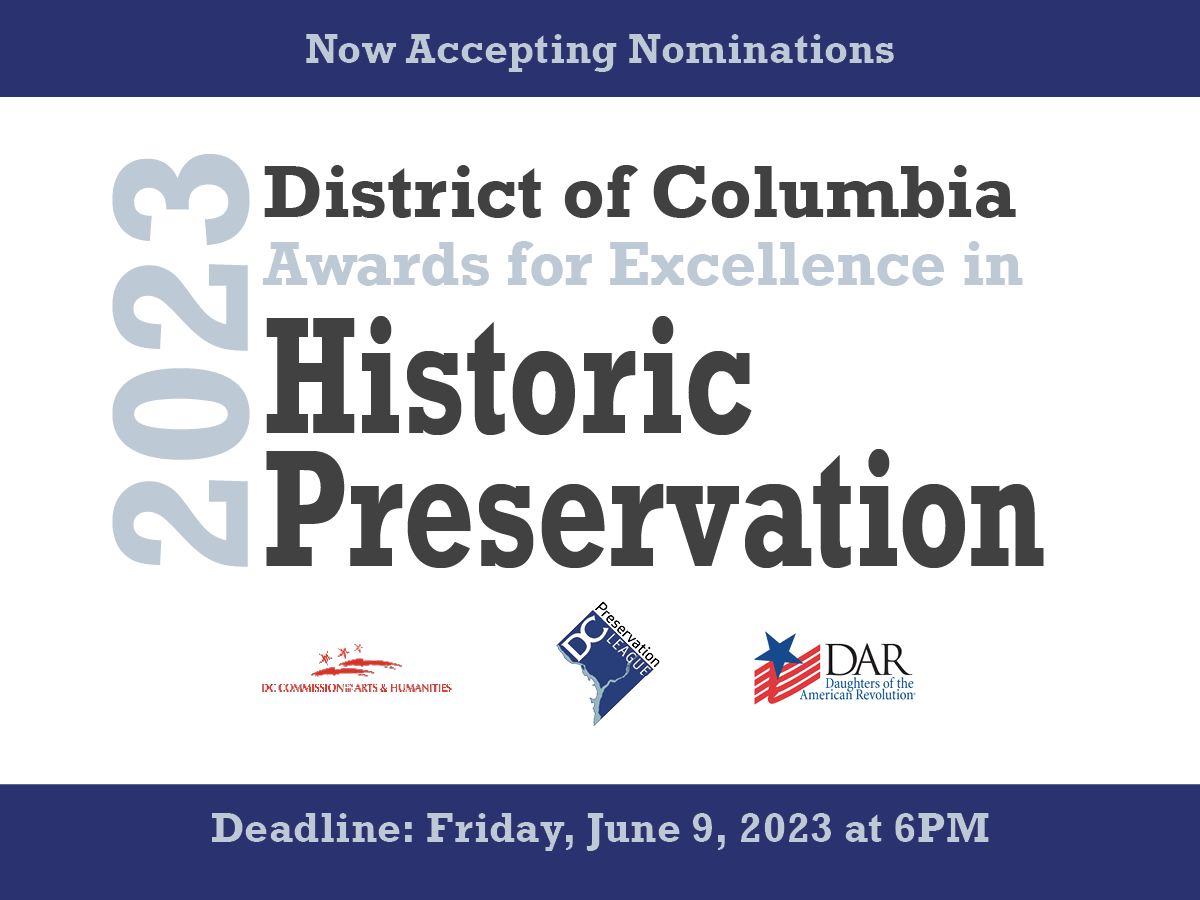






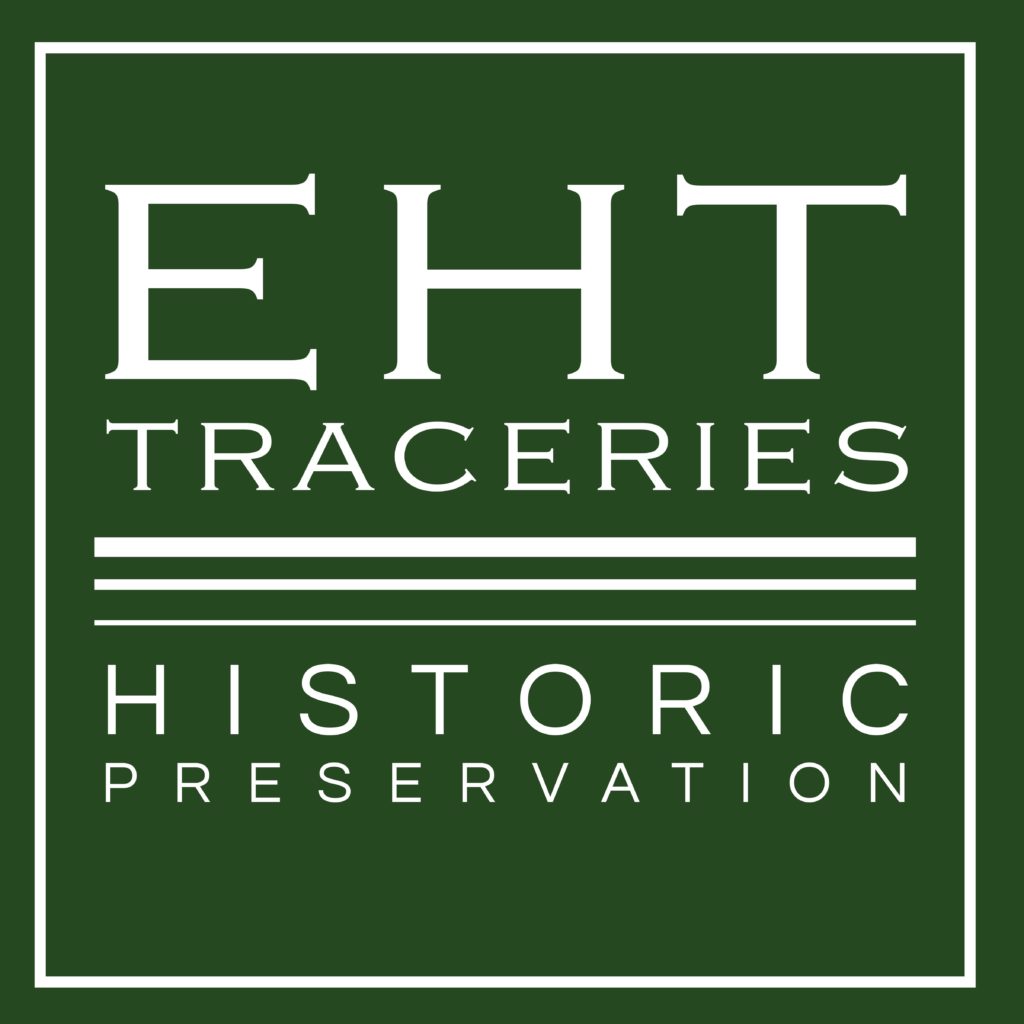



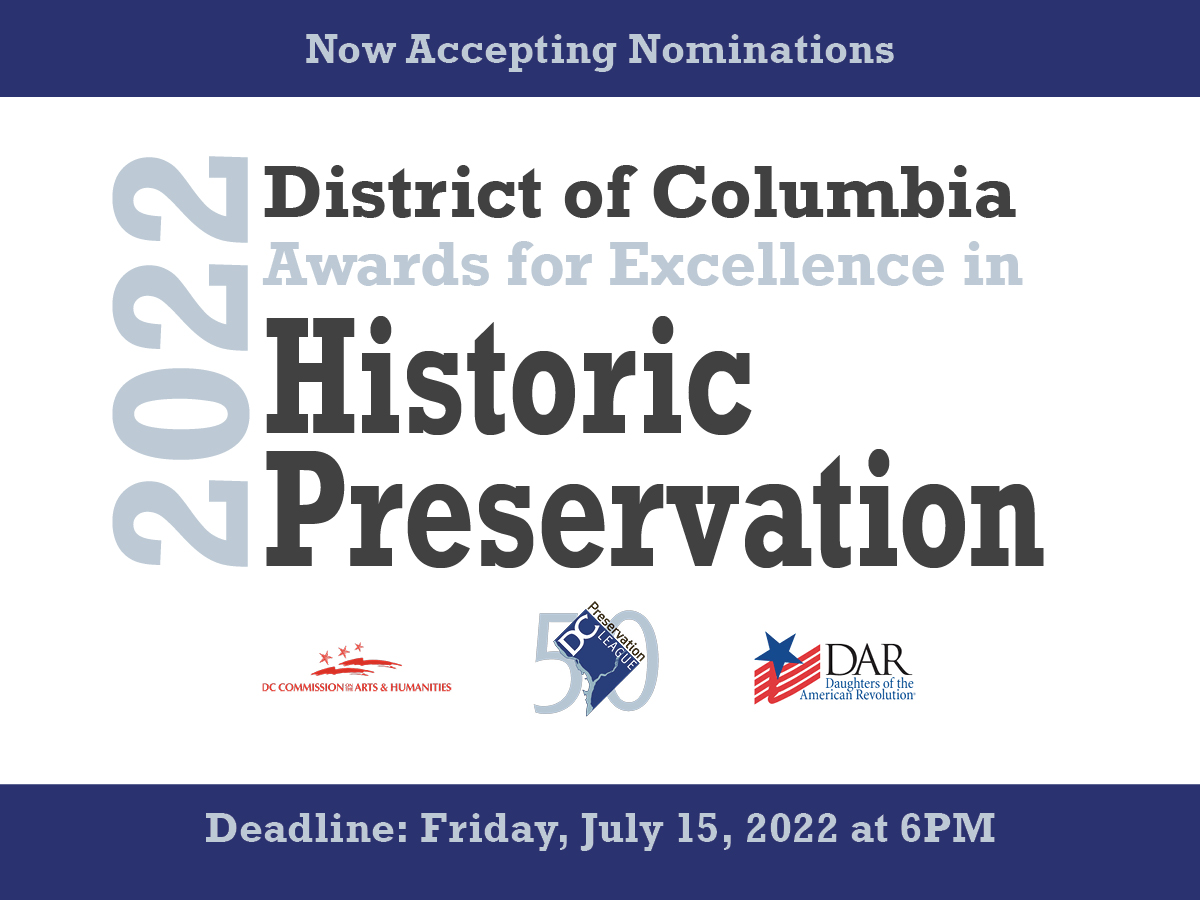
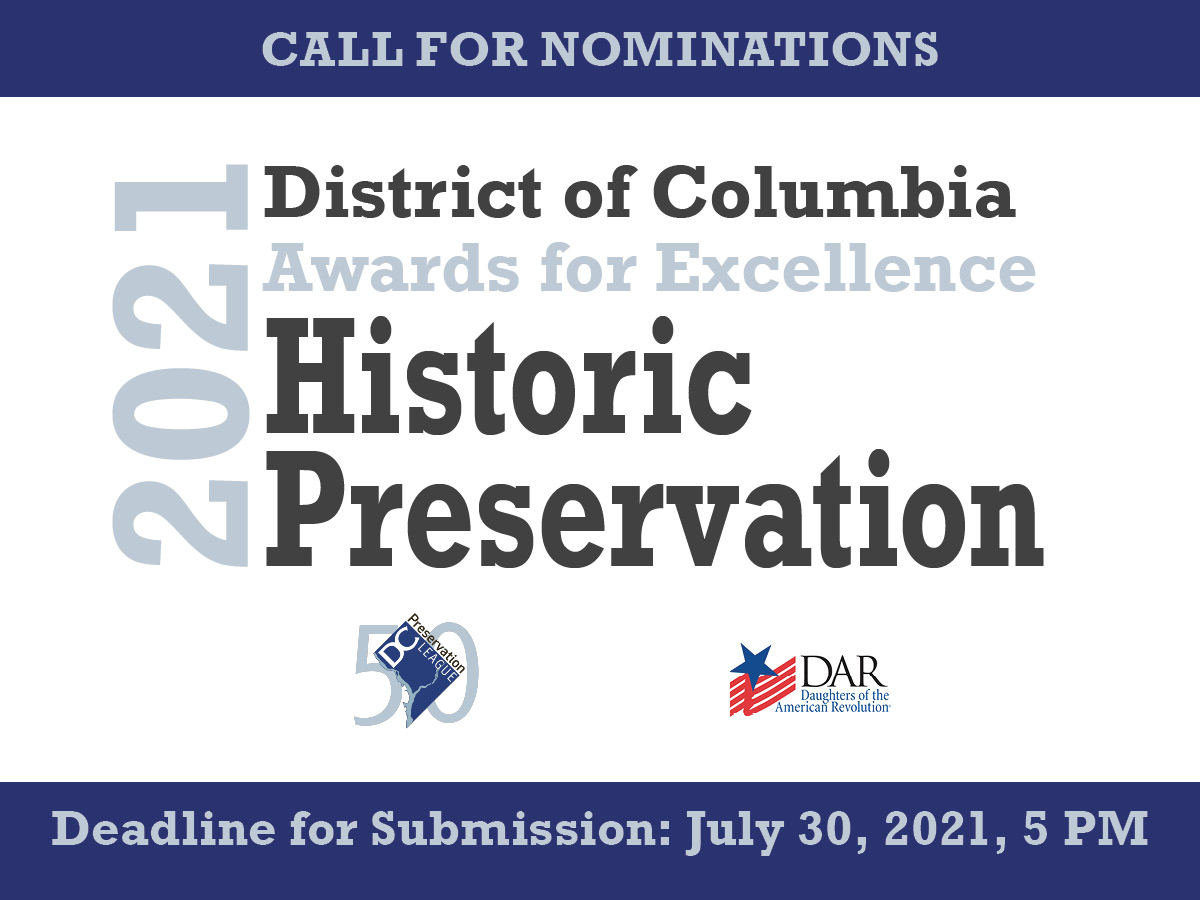

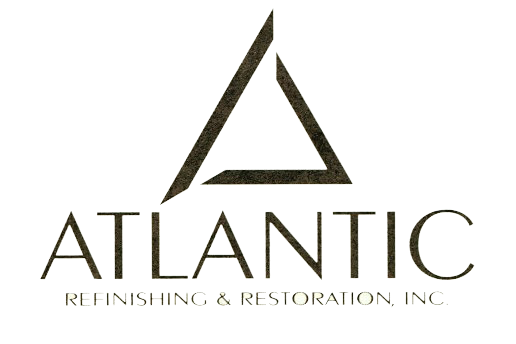


 The Washington Metro Area Transit Authority (WMATA) provides a popular bus service known as “Metrobus”–the sixth busiest bus agency in the country. Serving over 11,000 stops on 325 routes, Metrobus transports passengers across DC, Virginia, and Maryland.
The Washington Metro Area Transit Authority (WMATA) provides a popular bus service known as “Metrobus”–the sixth busiest bus agency in the country. Serving over 11,000 stops on 325 routes, Metrobus transports passengers across DC, Virginia, and Maryland.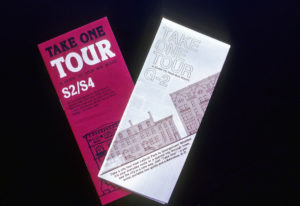
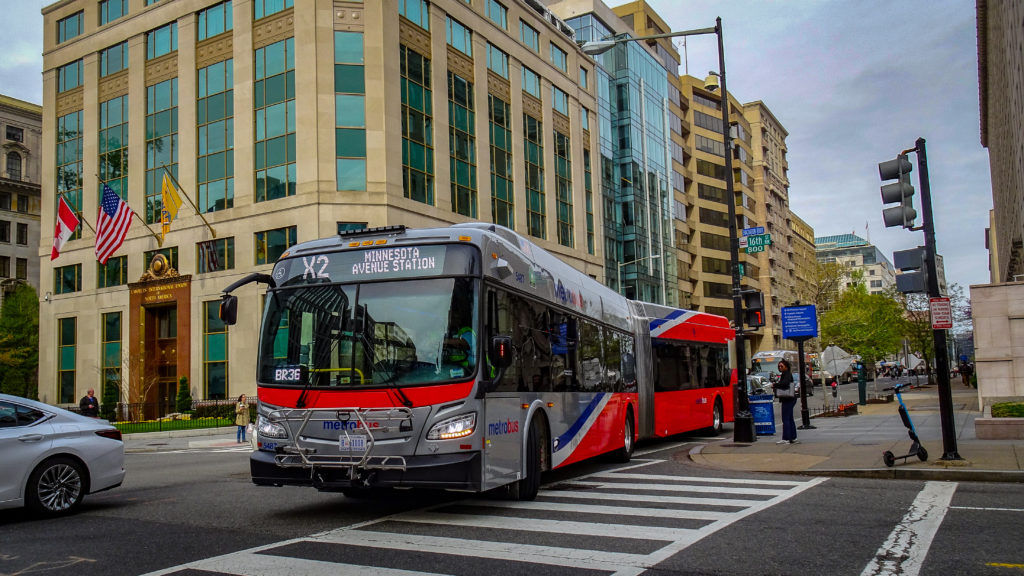
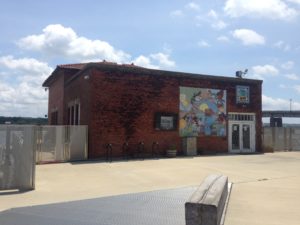 In November of 2020, the DC Preservation League submitted a landmark nomination for the Capitol Power Plant Pump House, located at First Street and Potomac Avenue SE. This distinctive structure played an essential role in supporting the modernization of the U.S. Capitol building, enabling the Capitol Power Plant to function for over forty years (during the plant’s establishment and considerable expansion).
In November of 2020, the DC Preservation League submitted a landmark nomination for the Capitol Power Plant Pump House, located at First Street and Potomac Avenue SE. This distinctive structure played an essential role in supporting the modernization of the U.S. Capitol building, enabling the Capitol Power Plant to function for over forty years (during the plant’s establishment and considerable expansion).


